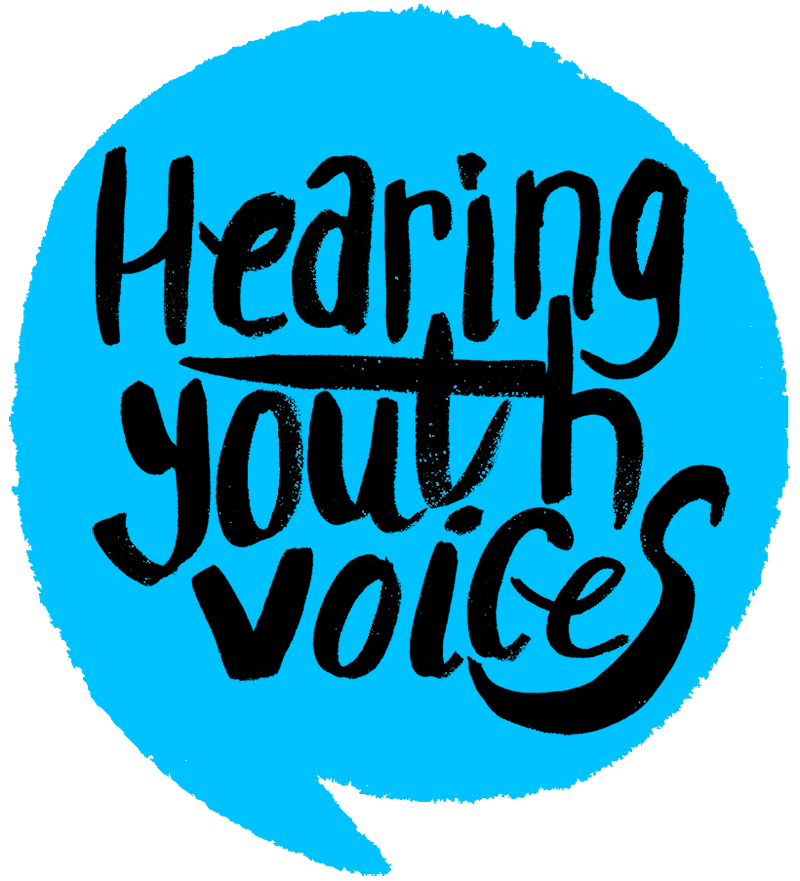Full Safety
To us, Full safety means safety beyond just physical safety. It means emotional safety, how a space feels, how much trust there is. In a lot of our talks last summer we realized that safety felt more like an unfamiliar concept as most of us don’t feel like we have access to it in our day-to-day lives. The things that are supposed to help us feel “safe” usually are doing the opposite or are doing nothing at all.
We had a lot of conversations in summer 2018 about sexual harassment. Many of our female youth leaders expressed constant harassment from their male peers. No one had a positive story about trusting an adult enough to ask them for help, and then that adult taking action. We also had a lot of conversations about police, security guards, and security cameras in schools. These are the things that are supposedly there to keep students “safe.” But many of us don’t feel safer because of these things.
Issues happening now
What this looks like in our schools:
Don’t know the process and/or there is no process for reporting sexual harassment, racist, or sexist incidents from teachers or staff
Many young women experience frequent sexual harassment from their male peers and don’t know what to do about it
Security cameras everywhere in the building do not help students to feel safer
When teachers and admin discriminate or treat students unfairly, students don’t know who to talk to about it and/or what can be done about it
Constant presence of security guards and police officer do not make many students feel safer
Transportation- in some communities, young people ride city buses and not school buses; city buses sometimes don’t feel like safe environments
Bullying between students is not always handled effectively
Solutions & recommendations:
Sexual harassment training for ALL youth and staff!!!!
An effective grievance reporting system when things go wrong; this past year alone we dealt with a racist, sexist teacher and several sexual assault cases. Students and families need an effective grievance system that they have trust in, otherwise we won’t use it because it is not accessible. Teachers also need to be able to use this system, or have their own that doesn’t involve the process of addressing that staff directly if they are in a superior position to them. This system must include a process to hold staff accountable.
The Dress Code is sexist and needs to be revised. It is a policy that leads to young women feeling observed, harassed, and monitored on a daily basis. Black and Brown young women in particular report being “dress-coded” more frequently than their white female peers. HYV has youth-led research from 2013 that shows this pattern.
The same way we are calling for anti-racism training for all staff, we need trainings about what sexism is for all staff, and for youth too
**Classes for young women and gender non-conforming students about sexism and how they can protect themselves and be powerful and for boys and young men to teach them how to change their behavior to challenge sexism
**We really need Black and Brown therapists who can relate to the lived experiences of Black and Brown youth
**“Advisory” is an existing time in the school day that could be used as a time to process and relationship-build
**When a crisis or trauma does happen, we need more spaces to talk about what is happening. These spaces can’t be fake. Stop saying “we’re here for you” when there’s nothing behind it.
**All administrators who knew what was going on to be held accountable
**these recommendations come from student meetings that Hearing Youth Voices held in response to the May 2019 sexual assault cases
